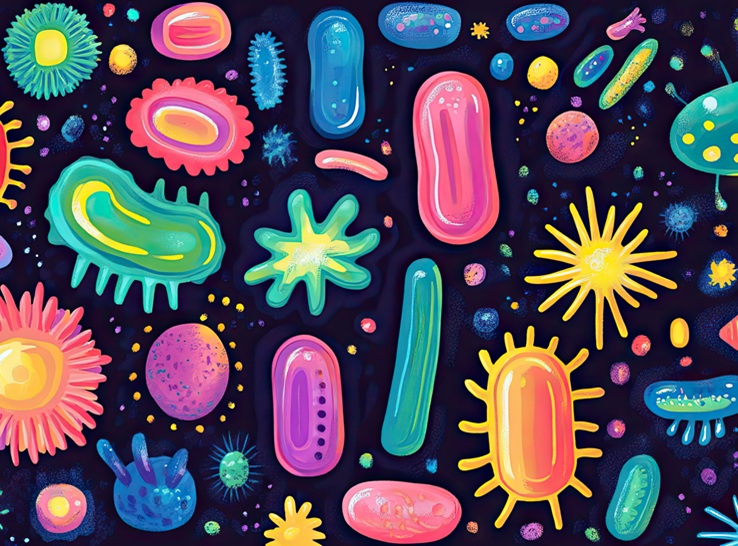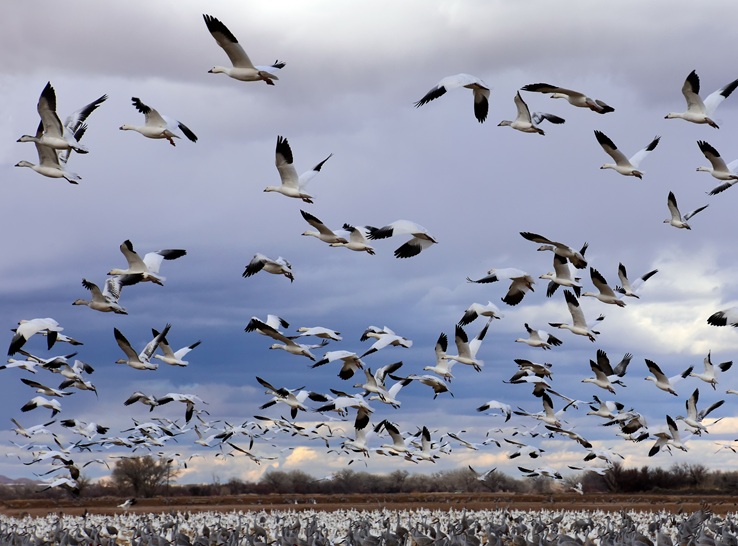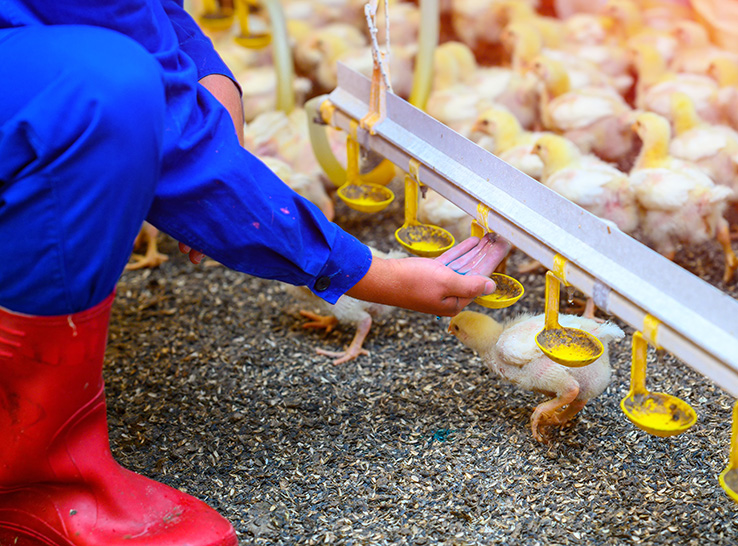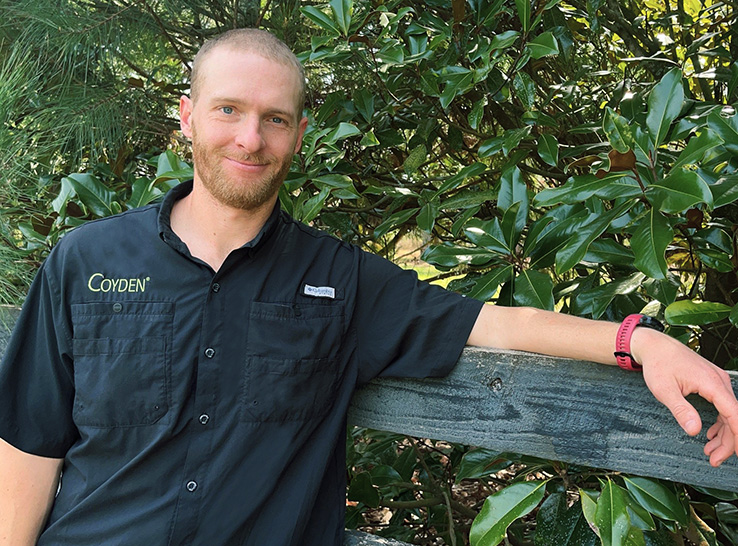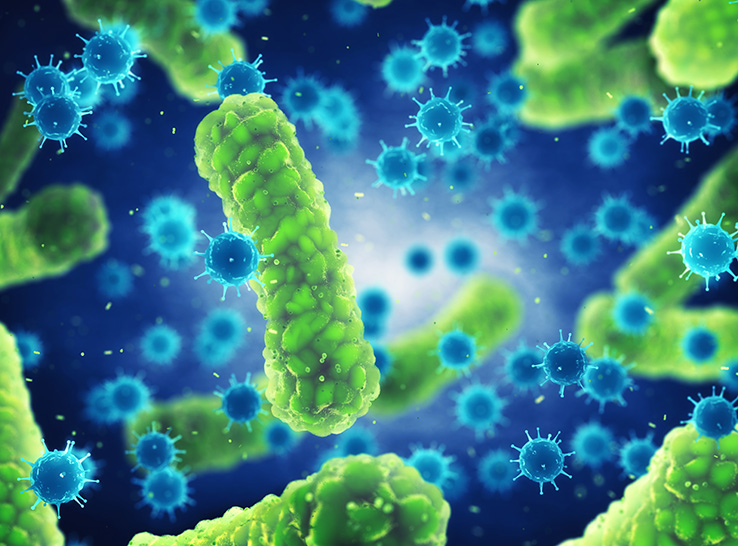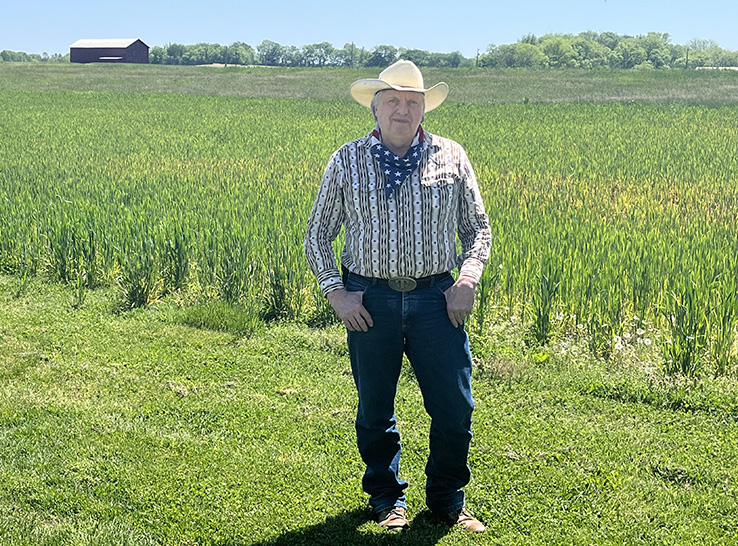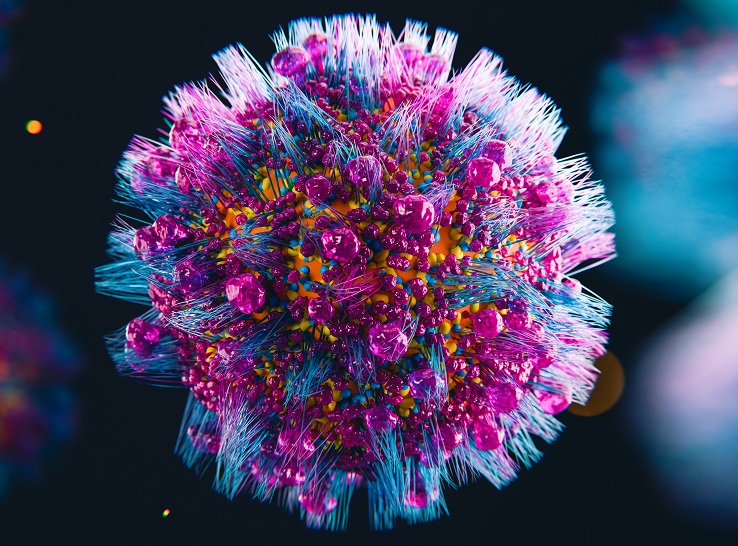
Avian flu: How scientists and farmers are working to adapt
The avian flu virus continues to affect poultry producers and dairy farms in 2025. In North Carolina alone, the virus has resulted in the loss of millions of birds on poultry farms. Meanwhile, less than a year after avian flu was first detected in dairy herds, a new strain of the virus has been found in Nevada cows. Matt Koci, PhD, a virus expert and professor with NC State University’s Prestage Department of Poultry Science, offers insights.



